Home>Gardening & Outdoor>Landscaping Ideas>When To Cut Grass After Winter
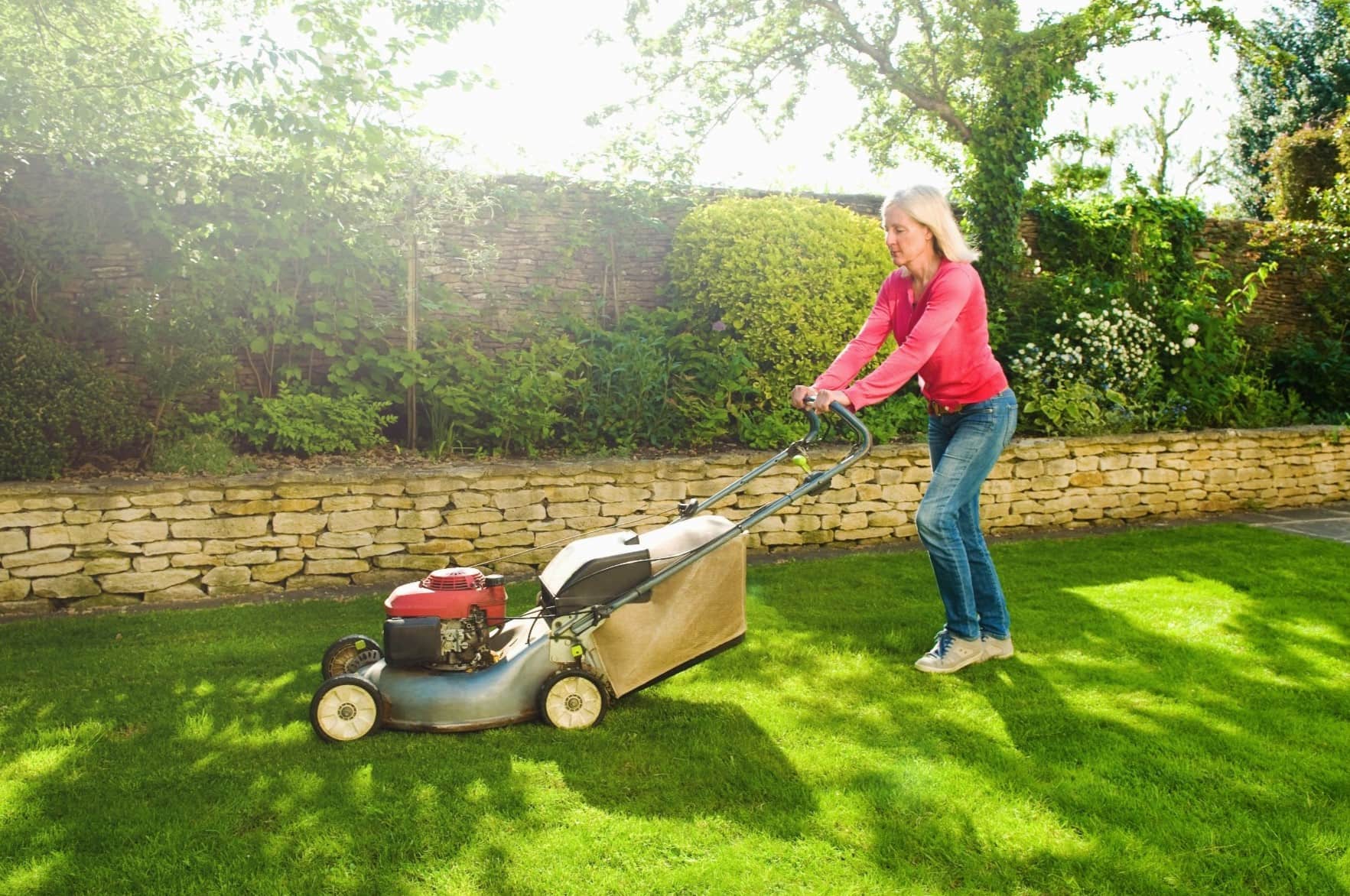

Landscaping Ideas
When To Cut Grass After Winter
Modified: October 19, 2024
Learn the best landscaping ideas for when to cut grass after winter to maintain a healthy and vibrant lawn. Discover expert tips for post-winter lawn care.
(Many of the links in this article redirect to a specific reviewed product. Your purchase of these products through affiliate links helps to generate commission for Storables.com, at no extra cost. Learn more)
Introduction
As the chill of winter gives way to the warmth of spring, the world comes alive with the promise of new beginnings. For homeowners and gardening enthusiasts, this transition signals the time to revive and rejuvenate their outdoor spaces. One crucial aspect of this seasonal transformation is the care and maintenance of the lawn, and knowing when to cut the grass after winter is a key consideration.
After enduring the harsh conditions of winter, including frost, snow, and limited sunlight, your grass may appear lackluster and in need of attention. However, timing is crucial when it comes to the first mowing of the season. In this article, we will explore the factors to consider before cutting grass, the best time to undertake this task, and some valuable tips to ensure that your lawn flourishes as the warmer months approach.
Key Takeaways:
- Timing is crucial when cutting grass after winter. Wait for dry soil and active grass growth in early to mid-spring for a healthy lawn.
- Adjust mowing height, mulch clippings, and maintain equipment for a vibrant post-winter lawn. Consistent care leads to a lush outdoor space.
Read more: When To Cut Grass After Fertilizing
Factors to Consider Before Cutting Grass
Before firing up the lawnmower and diving into post-winter lawn care, it’s essential to assess several factors that can influence the success of this endeavor. Understanding these considerations will enable you to make informed decisions and set the stage for a healthy, vibrant lawn.
- Grass Length: One of the primary factors to evaluate is the length of the grass. After a long winter, the grass may have grown excessively, and cutting it too short in the first mow can shock the plants and hinder their growth. It’s advisable to inspect the grass and ensure that it is not excessively long or matted before mowing.
- Soil Moisture: The moisture content of the soil is another critical aspect to ponder. Cutting the grass when the soil is too wet can lead to soil compaction and damage the delicate grass roots. It’s best to wait for a day or two after heavy rain or irrigation to allow the soil to dry out slightly before mowing.
- Weather Conditions: Keeping an eye on the weather forecast is imperative when planning to mow the lawn after winter. Choosing a dry day with moderate temperatures and minimal wind will ensure optimal mowing conditions and prevent the clippings from clumping together.
- Blade Sharpness: A frequently overlooked factor is the sharpness of the lawnmower blades. Dull blades can tear the grass instead of cleanly cutting it, leading to a ragged and uneven appearance. Sharpening the blades before the first mow of the season will promote a neat and healthy-looking lawn.
- Debris Removal: Winter often leaves behind debris such as twigs, branches, and remnants of foliage. Clearing these objects from the lawn before mowing is essential to prevent damage to the lawnmower and ensure a smooth and effective mowing process.
By carefully considering these factors, you can lay the groundwork for a successful and beneficial mowing session, setting the stage for a lush and thriving lawn.
Best Time to Cut Grass After Winter
Timing is crucial when it comes to cutting the grass after the winter season. While the temptation to rush into this task may be strong, exercising patience and waiting for the opportune moment can yield significant benefits for your lawn’s health and appearance.
As the grip of winter loosens and the first signs of spring emerge, it’s essential to observe the condition of the grass before initiating the first mow of the season. The ideal time to cut the grass after winter is when the soil has sufficiently dried out, and the grass blades have started to grow actively. Typically, this occurs in the early to mid-spring, depending on the climate and local weather patterns.
Observing the grass for signs of growth, such as a noticeable increase in height and a lush, green hue, can serve as indicators that the lawn is ready for its initial trim. It’s important to resist the urge to mow too early, as cutting the grass when it is still dormant or struggling to recover from winter can impede its ability to thrive in the upcoming months.
Another key consideration is the frequency of mowing during the initial stages of spring. Opting for a slightly higher mowing height during the first few cuts can benefit the grass by allowing it to establish a robust root system and develop resilience against environmental stressors. Gradually reducing the mowing height as the season progresses will encourage dense and healthy turf growth.
By timing the first mow of the season appropriately and being mindful of the grass’s growth patterns, you can set the stage for a resilient and visually appealing lawn that will flourish throughout the spring and summer months.
Wait until the grass is dry and the soil is not too wet before cutting it after winter. This will prevent the grass from getting damaged and promote healthy growth.
Tips for Cutting Grass After Winter
When it comes to cutting the grass after the winter season, employing the right techniques and strategies can make a significant difference in the health and appearance of your lawn. By incorporating the following tips into your lawn care routine, you can ensure that the post-winter mowing process yields optimal results.
- Adjust Mowing Height: Begin the season by setting the lawnmower to a higher cutting height to accommodate the initial growth of the grass. Gradually lower the cutting height with each subsequent mow, allowing the grass to acclimate and develop a strong root system.
- Mulch the Clippings: Consider mulching the grass clippings during the initial mows to provide the lawn with valuable nutrients and organic matter. This practice can contribute to improved soil health and reduce the need for additional fertilization.
- Alternate Mowing Patterns: Varying the direction of mowing with each session can prevent the grass from developing a grain and encourage upright growth. This approach also minimizes soil compaction and promotes an even cut across the entire lawn.
- Timing Is Key: Avoid mowing the lawn during the hottest part of the day to prevent stress on the grass. Opting for early morning or late afternoon sessions when the weather is cooler will minimize the impact on the freshly cut grass.
- Regular Maintenance: Stay consistent with your mowing schedule to prevent the grass from becoming overgrown. Allowing the grass to grow excessively between mowing sessions can weaken the turf and lead to a less uniform appearance.
- Inspect and Maintain Equipment: Before embarking on the first mow of the season, inspect the lawnmower and ensure that it is in optimal working condition. This includes checking the oil, sharpening the blades, and addressing any mechanical issues that may affect the quality of the cut.
By implementing these tips and practices, you can elevate the quality of your post-winter mowing routine and contribute to the long-term health and beauty of your lawn. Consistent and well-informed lawn care will pave the way for a lush, vibrant outdoor space that you can enjoy throughout the seasons.
Conclusion
The transition from winter to spring presents an opportune time to breathe new life into your lawn, and knowing when to cut the grass after winter is a pivotal aspect of this seasonal revival. By considering essential factors such as grass length, soil moisture, weather conditions, blade sharpness, and debris removal, you can pave the way for a successful post-winter mowing session.
Timing is crucial when determining the best time to cut the grass after winter. Observing the grass for signs of active growth and resisting the urge to mow too early can set the stage for a resilient and visually appealing lawn. Additionally, incorporating strategic tips such as adjusting mowing height, mulching clippings, alternating mowing patterns, and prioritizing regular equipment maintenance can elevate the quality of your lawn care routine and contribute to the long-term health of your outdoor space.
As you embark on the journey of post-winter lawn care, remember that patience and attentiveness are key virtues. By nurturing your lawn with informed decisions and well-executed practices, you can look forward to a lush, vibrant, and inviting outdoor environment that will be a source of pride and enjoyment throughout the seasons.
With these insights and considerations in mind, you are well-equipped to embrace the transition from winter dormancy to spring vitality and ensure that your lawn flourishes in the months ahead.
Frequently Asked Questions about When To Cut Grass After Winter
Was this page helpful?
At Storables.com, we guarantee accurate and reliable information. Our content, validated by Expert Board Contributors, is crafted following stringent Editorial Policies. We're committed to providing you with well-researched, expert-backed insights for all your informational needs.
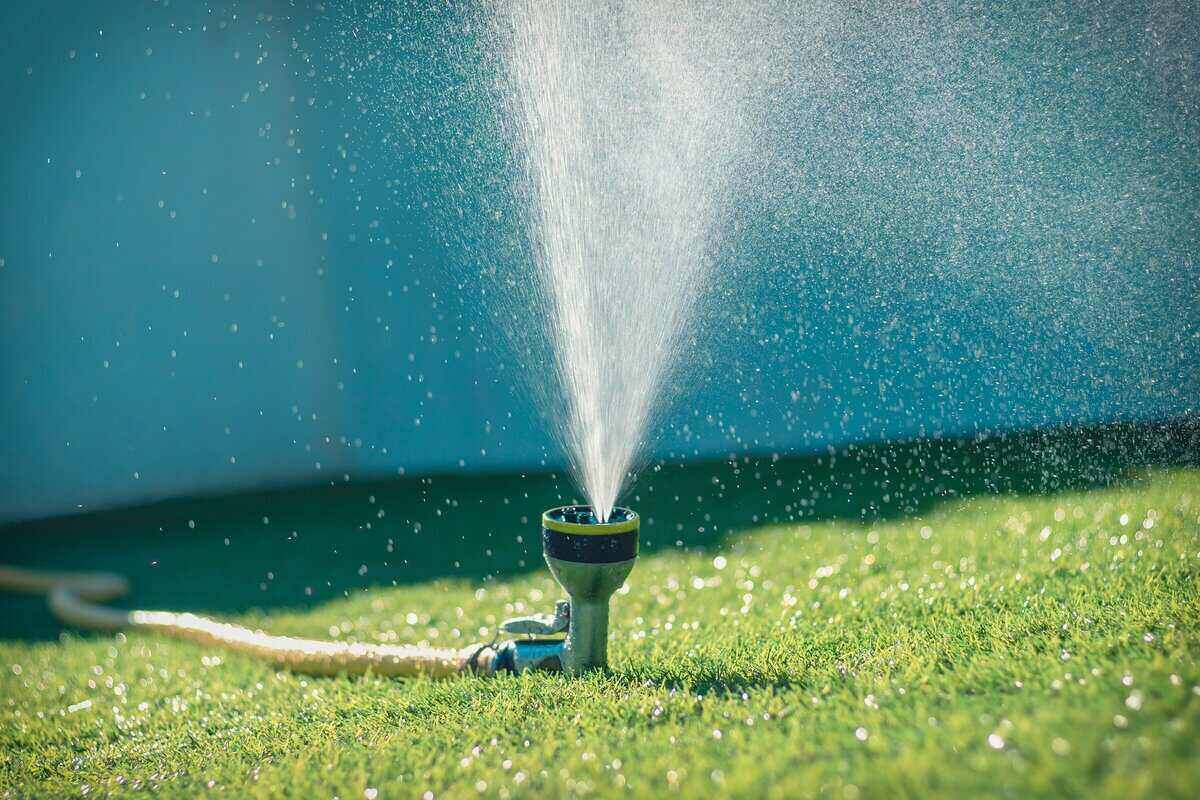

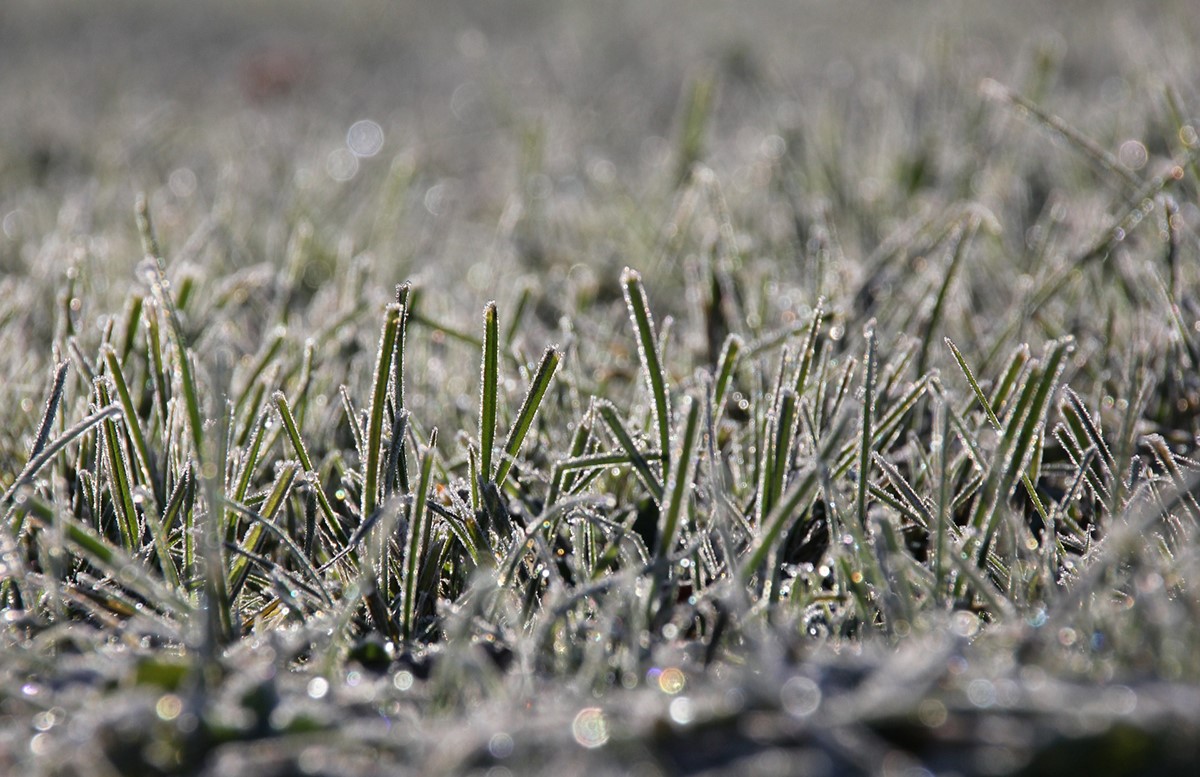
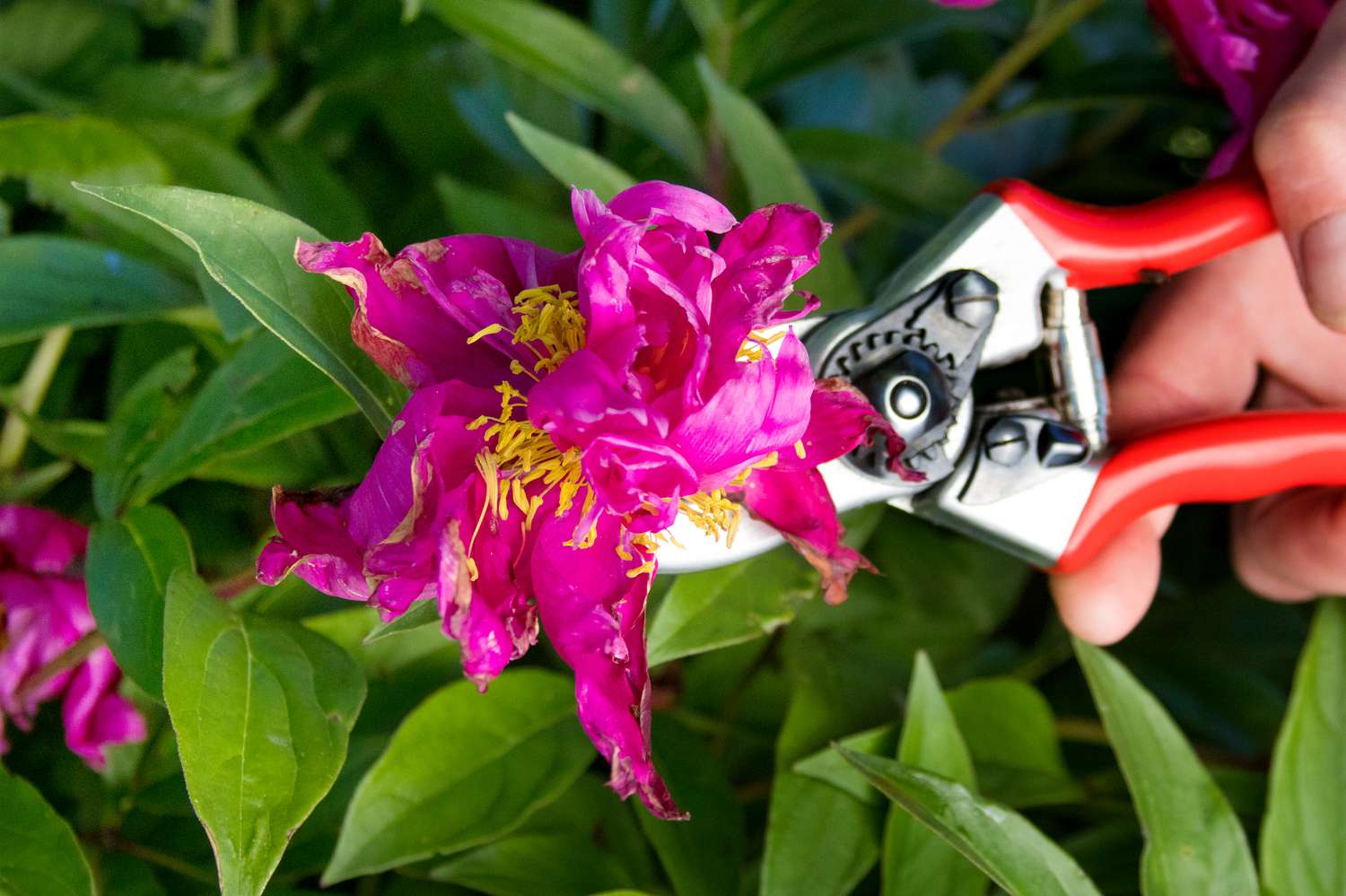
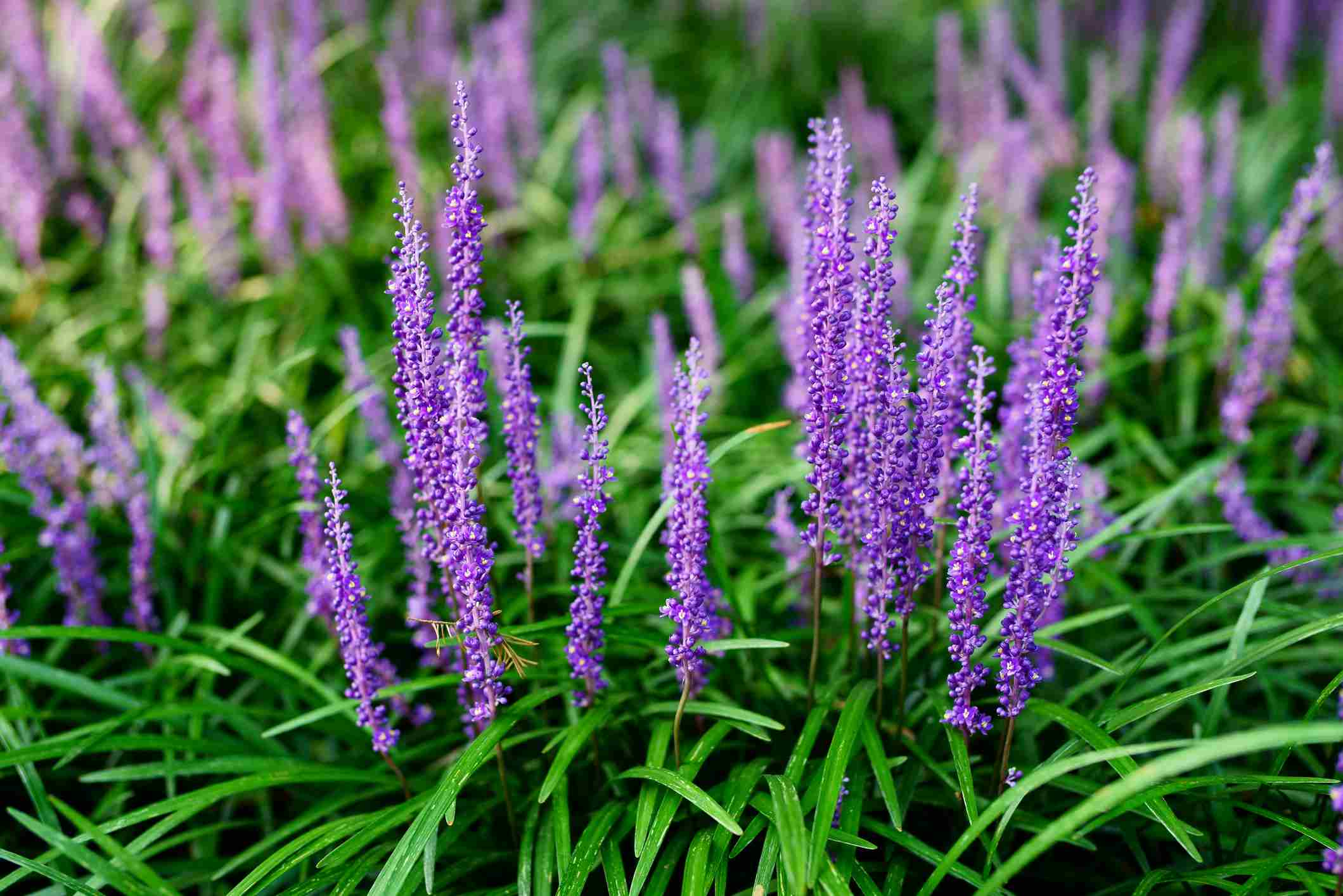

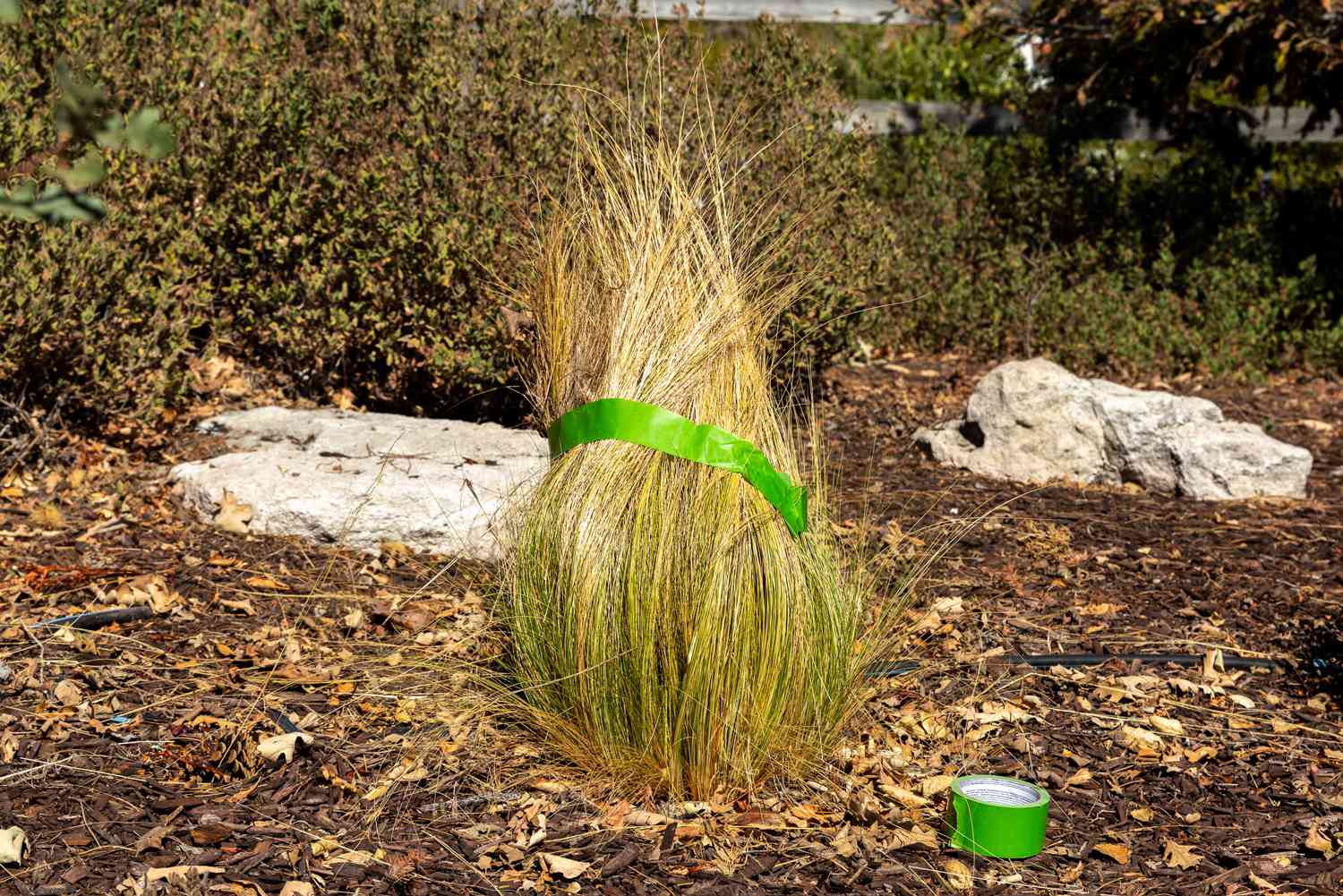
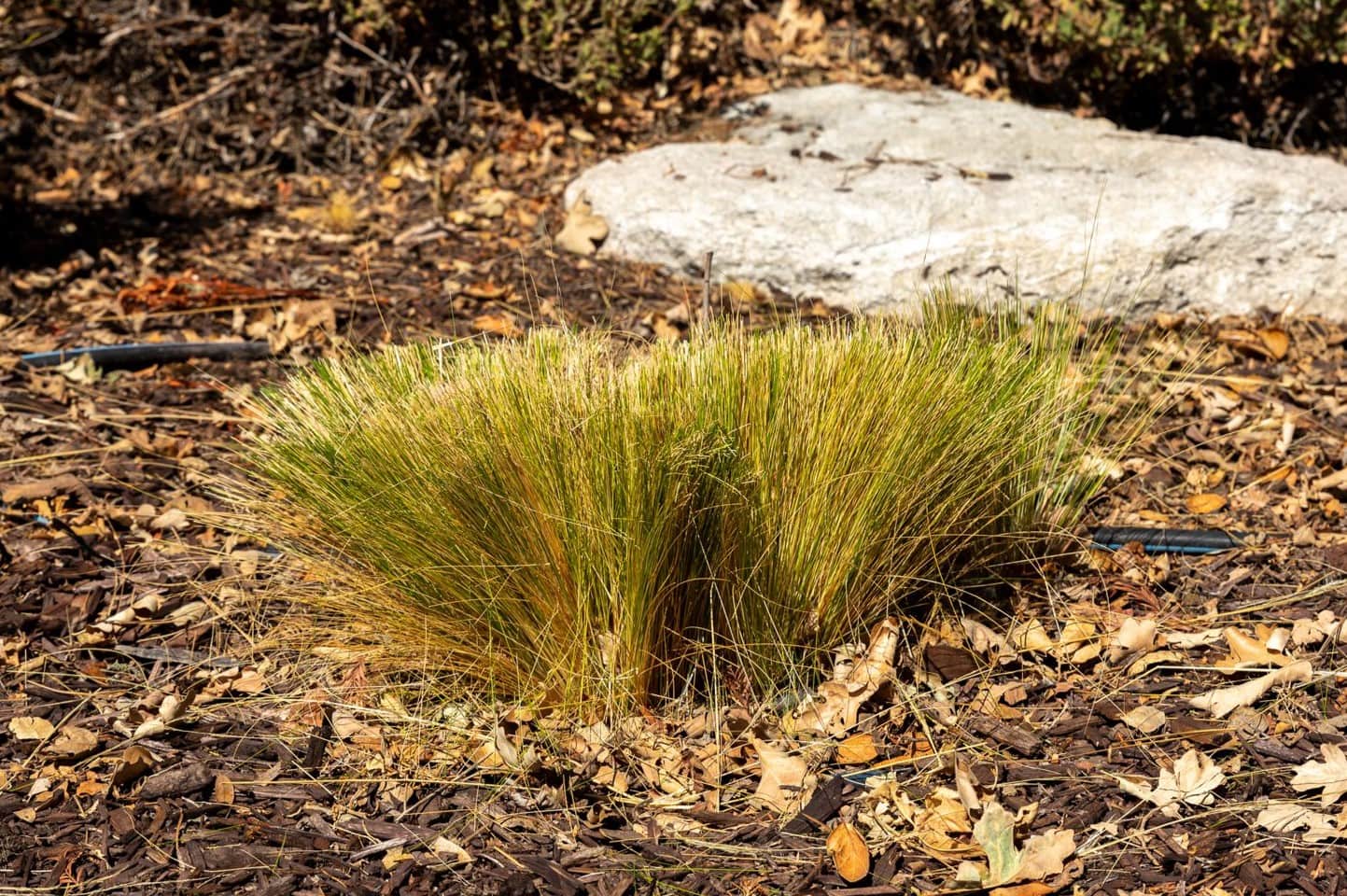


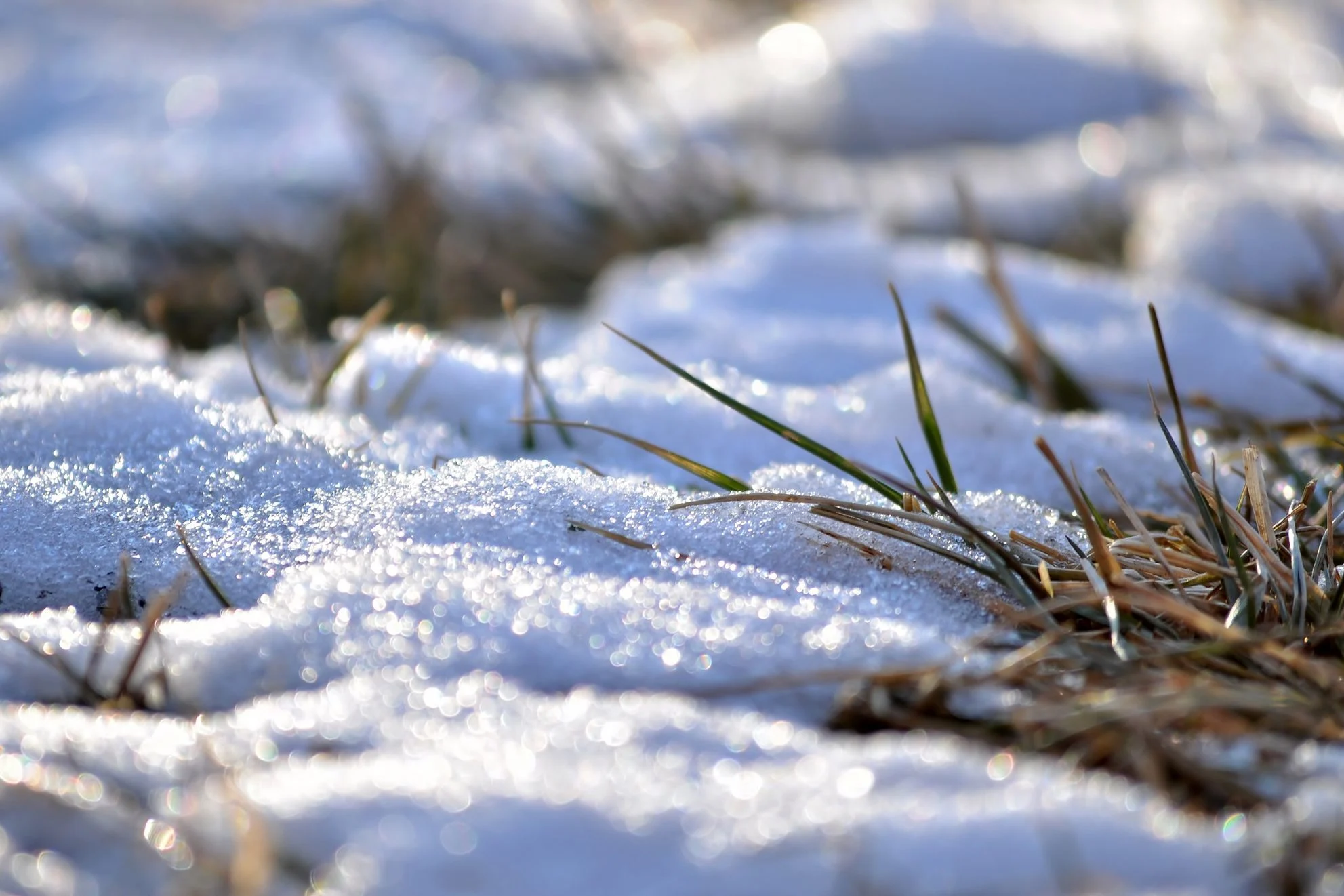
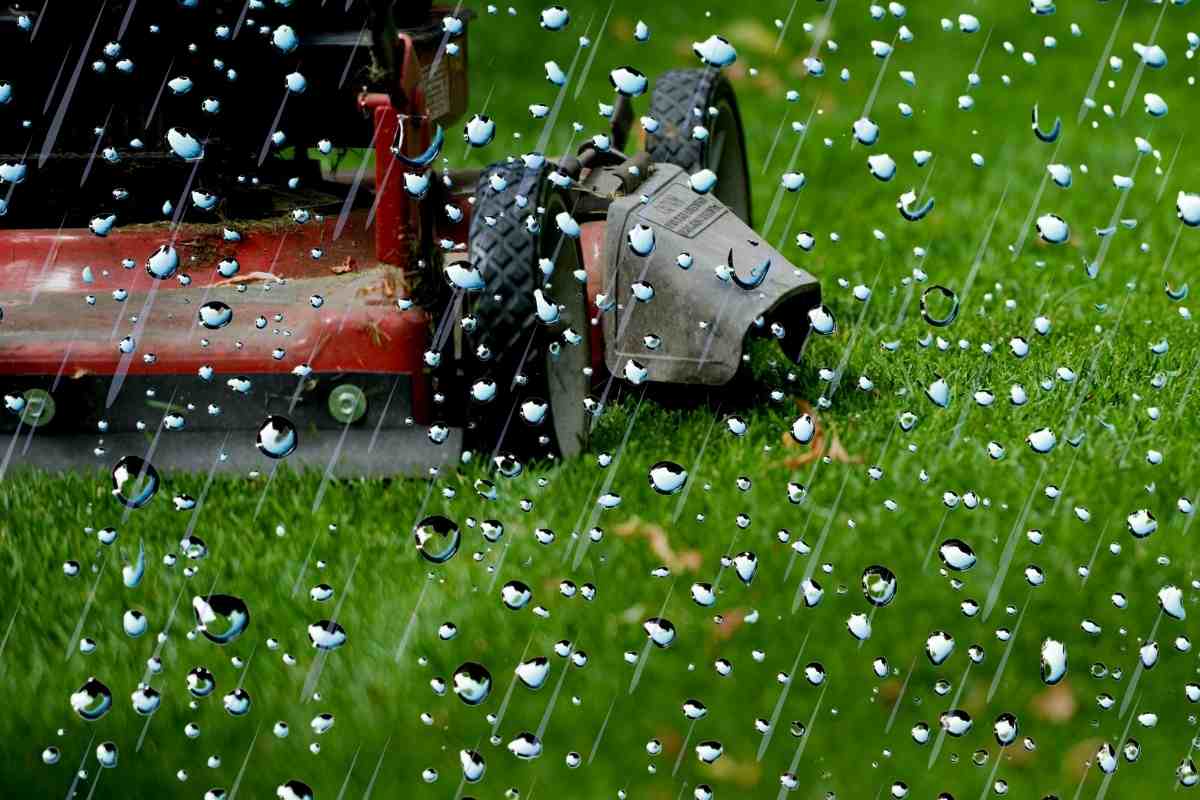

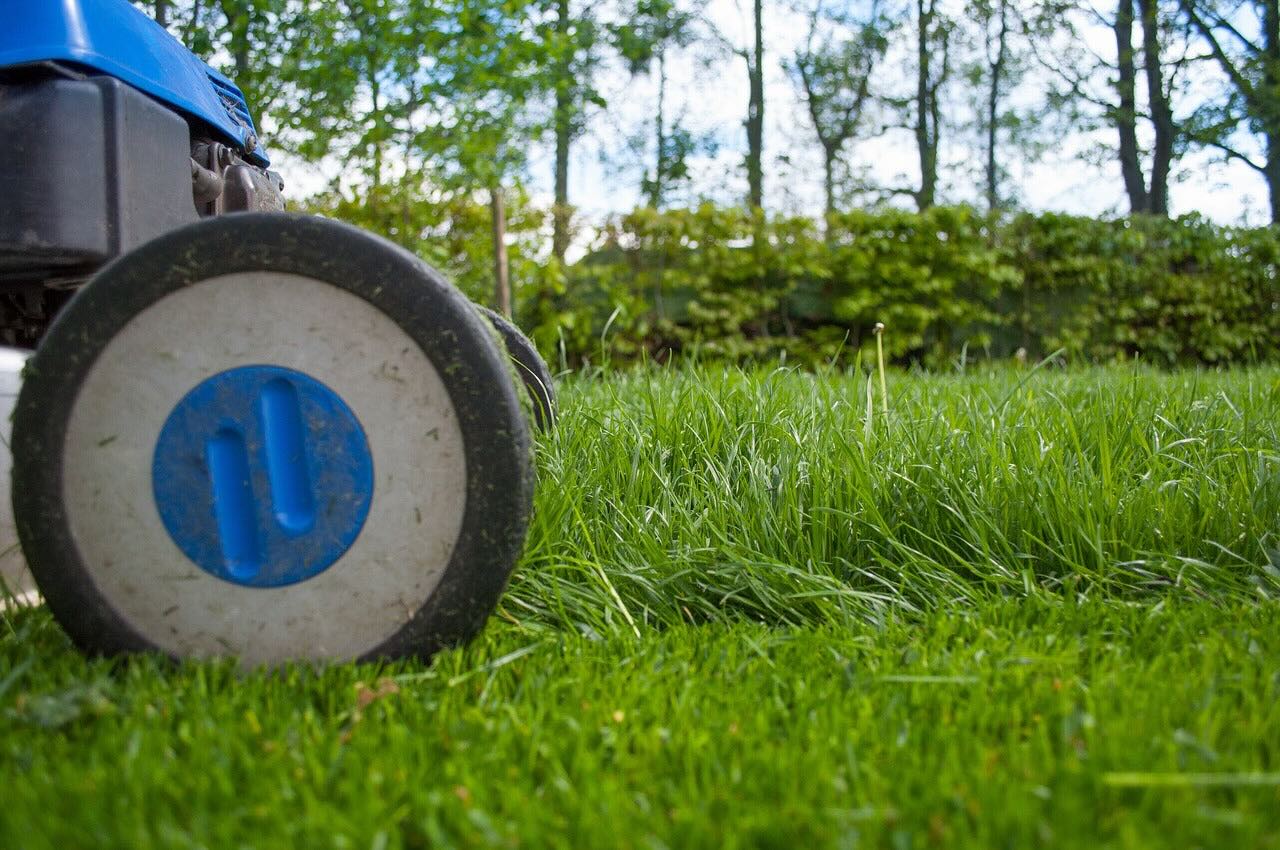
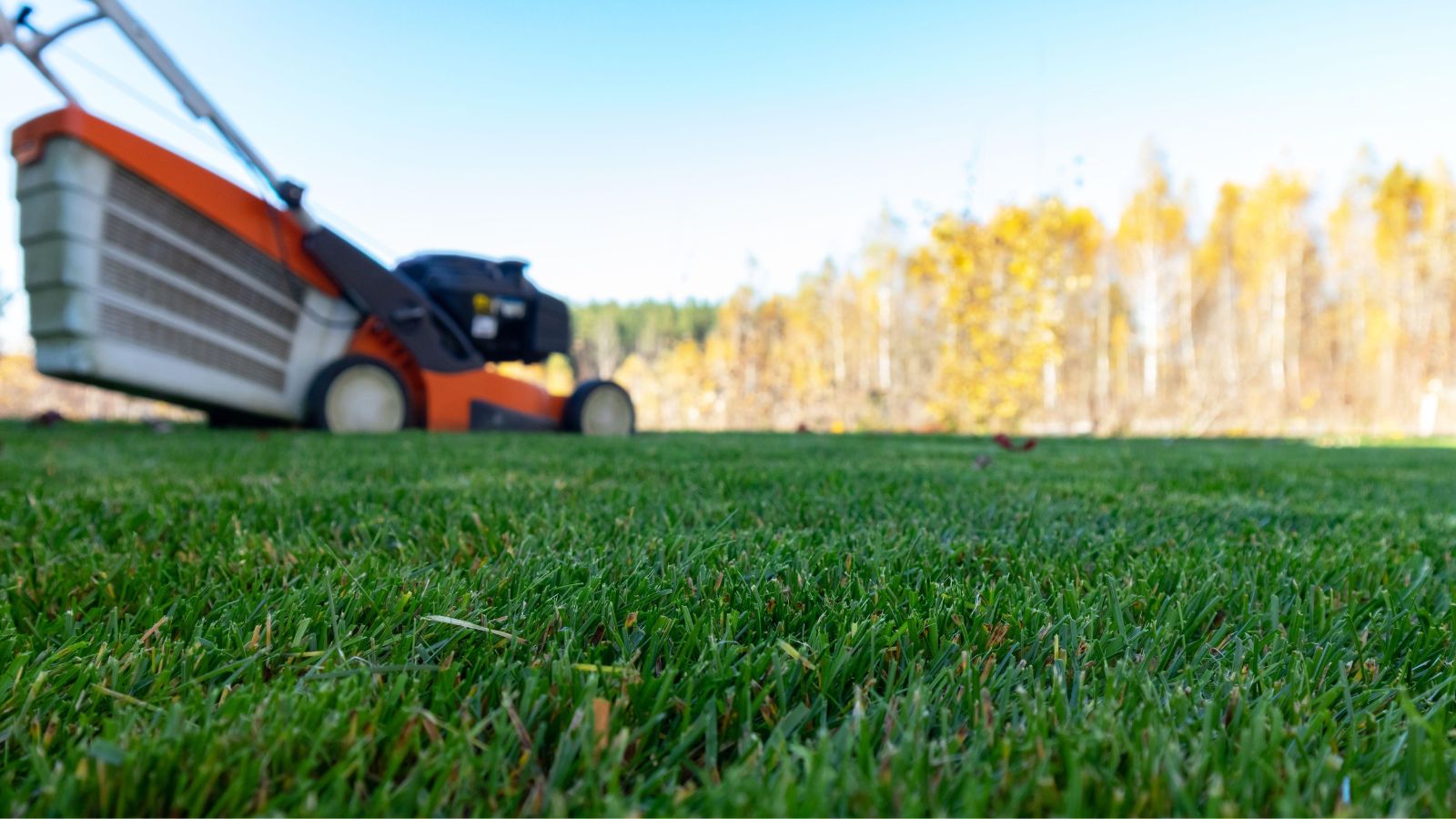

0 thoughts on “When To Cut Grass After Winter”